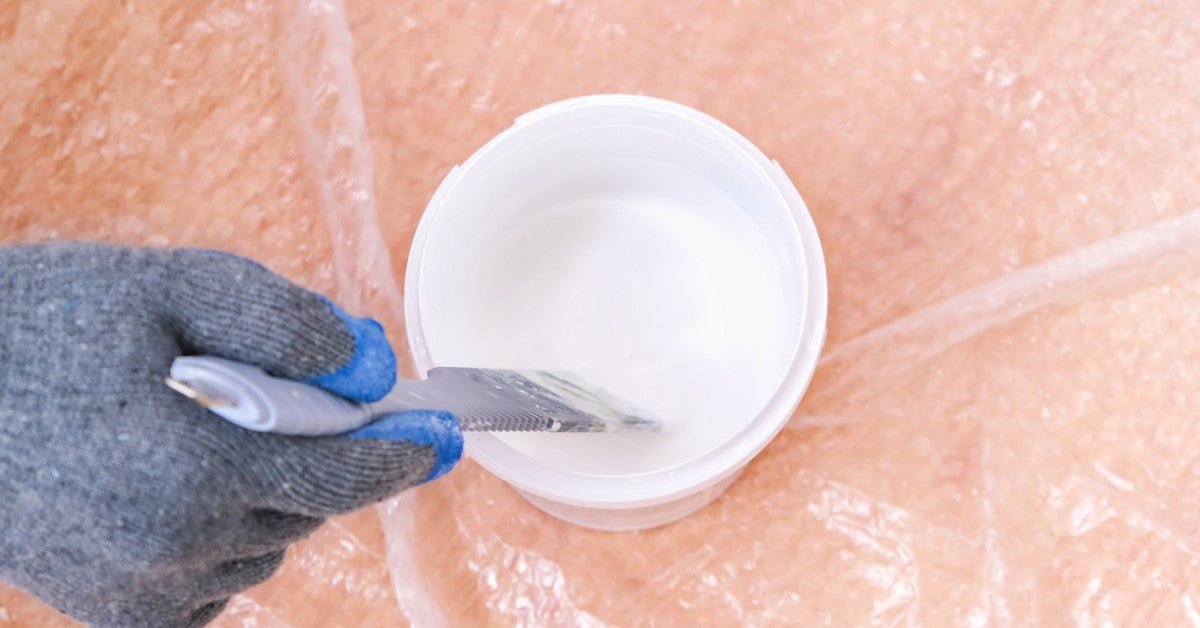The thickness of car paint can make or break the finish on a vehicle. Finding a balance is essential for a flawless finish and lasting protection, which makes thinning the paint a must. Learn why thinning automotive paint is important and how to achieve the perfect coating.
Understanding the Science Behind Thinning Paint
Understanding the science behind thinning paint is just as important as the product. Automotive paint consists of pigments, solvents, and binders. Pigments provide color, and binders support adhesion to a surface.
Automotive solvents determine the paint’s viscosity or thickness. When paint is too thick, it leads to problems during application and drying. Thinning paint reduces viscosity by adding more solvents, allowing for a smoother application and finish.
The Benefits of Thinning Automotive Paint Correctly
Thinning paint correctly offers several advantages. First, it helps you achieve a smooth finish by ensuring even coverage. Also, adhesion to the surface improves after thinning paint, preventing peeling and chipping.
Thinned paint dries quickly and reduces the risk of runs and sags. These benefits make painting your vehicle easier and promote fewer setbacks in the process.
Common Mistakes and How To Avoid Them
Even experienced painters make mistakes when thinning paint. Here are some common pitfalls and tips for avoiding them:
- Each automotive paint has thinning requirements, and ignoring them leads to poor results. Always check the manufacturer’s guidelines before proceeding.
- Not all thinners work the same. Using an incompatible thinner causes issues like poor adhesion and discoloration. Make sure you use the thinner the paint manufacturer recommends for the best results.
- While some thinning is necessary, over-thinning leads to transparency and poor coverage. Always start with the manufacturer’s recommended ratio, and gradually adjust as needed.
- Environmental conditions affect paint viscosity. For example, paint may need more thinning in hot weather and less in cooler temperatures. Consider these factors when preparing your paint.
You’ll create a flawless paint application every time by steering clear of these common mistakes.
Tools and Techniques for Measuring Paint Thickness
Measuring paint thickness is crucial for assessing the quality of an automotive paint job and ensuring it meets automotive industry standards. The paint thickness gauge, which may be digital or analog, measures the electromagnetic or ultrasonic signals interacting with the paint layer and provides a thickness reading.
Alternatively, a simple dry film thickness gauge with a micrometer works well for manual measurements. Measure at multiple points across the painted surface for consistent results, as variations may occur.
Thinning automotive paint is important because it affects the final appearance and durability of the finish. Use this information to understand its importance and achieve a flawless paint job that enhances your vehicle’s looks and protects it from the elements. Whether you’re a DIYer or a professional painter, mastering the art of paint thinning is essential for any automotive painting project.


